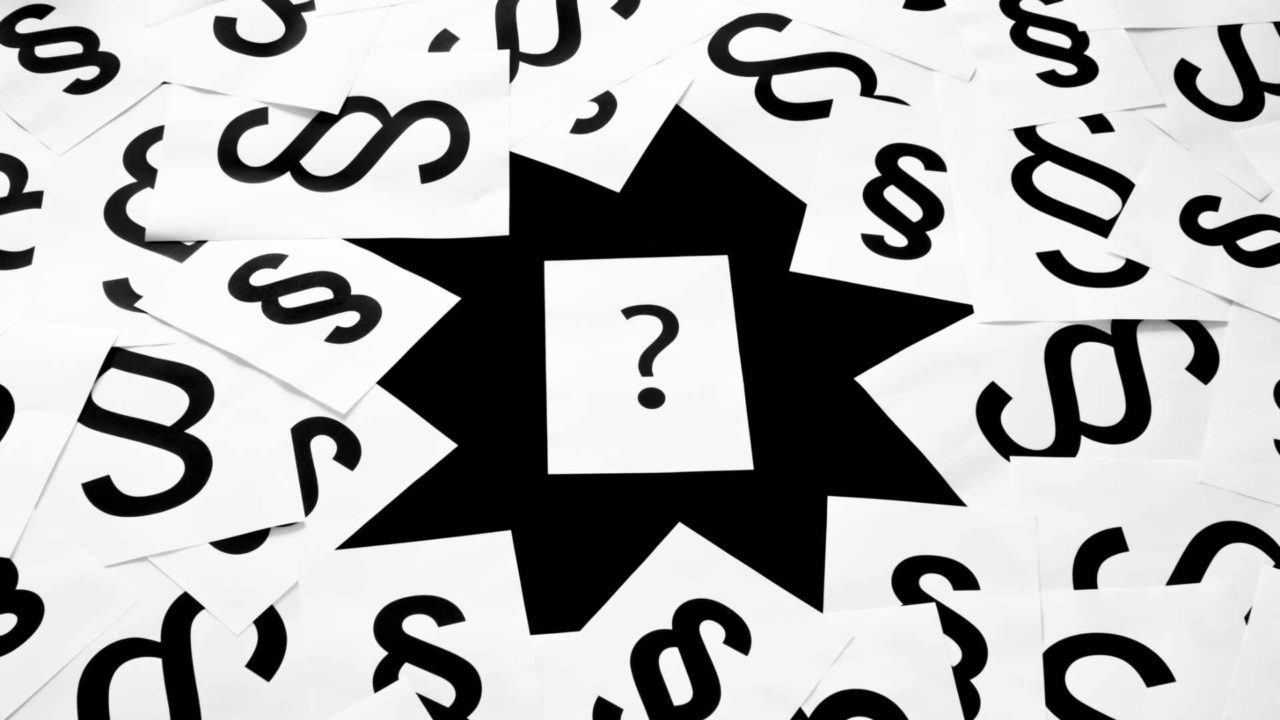Op-ed by Benoît Trémolet, Managing Director retarus (France) SAS
The very first SMS was sent on December 3, 1992 (exactly one day after Retarus had officially been founded) from a PC via Vodafone’s mobile network to an early mobile phone and consisted of just two words: “Merry Christmas”. Today almost 20 billion such text messages are exchanged around the world … per day! For some, SMS has long since become much more than a habit and, with its own language and codes, it has become something of an addiction. Amazing, considering that in its early days, the medium was met with little appreciation. In those days, people much preferred to exchange information orally than send it in written form. So how did a couple of lines of text become a genuine tool for business?
Instrument for strategic communication
The technical foundations for the SMS had already been sketched out in the mid-eighties by two engineers, Friedhelm Hillebrand (Deutsche Telekom) and Bernard Ghillebaert (France Télécom). Over the following decades the SMS has managed to overcome technical barriers and to benefit from the consolidation of the networks, becoming a preferred means of communication. Nowadays it is positioned as a key tool for customer retention and is even used for internal company communication.
Many companies have recognized the value of this channel and integrated it into their marketing and communication strategies. The SMS established itself alongside emails, which are actually far too often deleted without being opened because their content appears unwanted. What’s more, most people look at their mobile phones far more often than in their email inboxes. Studies on SMS, on the other hand, confirm an open rate of up to 98 percent within 3 minutes of a text message being received.
Numerous options for interaction in a wide range of sectors
As a real tool for business SMS offers a broad spectrum of applications, whether it’s for office use, for business applications or for the technical interchange of information between machines (M2M). Airlines use the channel to inform passengers about changes to flight details, delivery services notify their customers about the shipping status of their orders and car rental companies send their customers confirmation of their bookings. Banks send mTANs to their clients and, as part of the two factor authentication process (2FA), users receive one-time codes to complete registration processes for online services or VPNs. HR departments use the medium to coordinate their staff, and retailers to organize sales consultants and representatives. Other conceivable scenarios also arise for logistics, for remotely starting up or shutting down machines, for managing production processes, for sending alert messages or for transmitting campaigns directly out of CRM systems.
SMS campaigns provide clear benefits
Campaigns by means of SMS can be deployed quickly and economically. Thanks to a range of mechanisms, businesses are moreover easily able to comply with the stringent legal provisions in certain countries, such as France or the USA. The sender can receive an automatic delivery notification for each message and is able to document the SMS along the whole journey, until it is handed over to the mobile carrier, including the confirmation of receipt from the recipient’s mobile device.
The conciseness of the text message makes it easier to read, and a short message often has a greater impact on the reader. Thanks to the speed and simplicity of carrying out campaigns, they enable companies to act or react quickly because an SMS campaign requires much less planning effort than conventional marketing. Last, but not least, SMS also offers a back channel – an increasing number of companies are exploiting the opportunity to ask customers for feedback by means of surveys or satisfaction polls.
What will the future of SMS look like?
The democratization of instant messaging and wide-ranging use of social networks could have overshadowed SMS, yet the medium has a bright future ahead of it. This is, for instance, due to the fact that an SMS is delivered even if the recipient is not connected with the internet at that exact moment, if the recipient has used up their data allowance for the month or if the recipient would have incurred expensive roaming fees when abroad. What’s more, SMS reaches 100 percent of mobile phone users – mobile messaging services, by contrast, are often proprietary and limited to certain brands or platforms.
Outlook
SMS has established itself firmly as a tool for acquiring new customers, retaining them and boosting turnover. That explains why, 25 years after the first SMS was transmitted, a growing number of businesses in sectors ranging from healthcare to manufacturing are using the medium to communicate internally, directly with their customers (B2C) and with business partners (B2B). The use of SMS is also on the rise for M2M and in the “Internet of Things” (IoT) with respect to “Industry 4.0”. The reach of SMS also facilitates real two-way communication for companies with their partners and customers (two-way SMS).
By using specific services, SMS has become more professional over time. Text messages can be sent from various business applications, email clients or via web browsers or cloud platforms (CPaaS). Messages sent directly to mobile devices succeed without special mobile communications infrastructure or additional hard- or software. After 25 years, the SMS can look forward to a bright future.
Read more about SMS from Applications.




